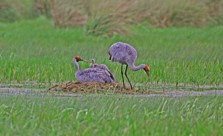In short
|
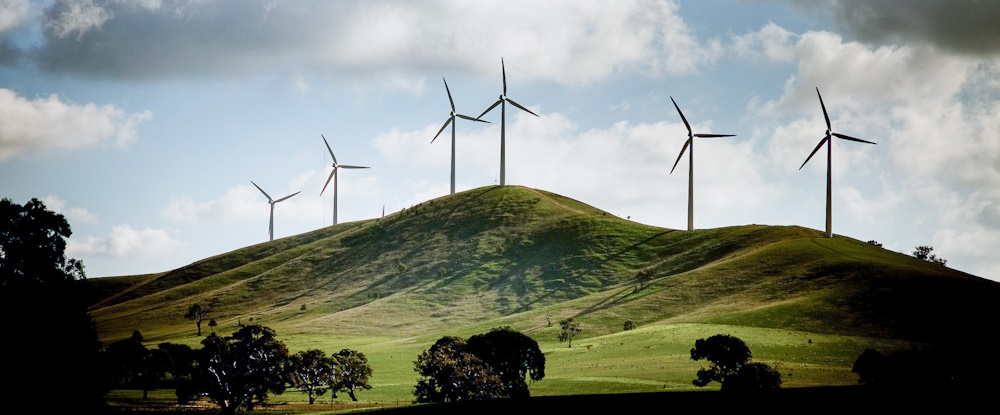
Wind turbines on Challicum Hills (DEECA)
Informing Victoria’s renewable energy transition
Victoria is facilitating wind energy developments to help cut greenhouse gas emissions and meet renewable energy goals. As the number of wind energy facilities increase, so do concerns about their impact on local wildlife - especially birds and bats.
To help guide policy development in Victoria, ARI is leading a series of research projects to provide the evidence needed to help decision-makers protect wildlife while supporting Victoria’s clean energy transition.
This research will help us to understand how wind energy affects biodiversity and ways impacts can be managed.
What we are doing
ARI is undertaking research projects to address key knowledge gaps needed for biodiversity policy and implementation in Victoria to support the renewable energy roll out. Some of this research draws upon scientific evidence from around the world, while other projects are specific to the Victorian context and the species most at risk.
We draw upon the expertise right across ARI, from species ecology, wildlife tracking techniques, expert elicitation approaches and world class modelling. Our research directly supports the DEECA policy development for renewable energy facilities in Victoria.
Wind energy has been used around the world for decades, and there's a lot we can learn from international research.
ARI delivered a comprehensive synthesis of the current global knowledge about wind energy impacts and mitigation approaches. This review analysed 565 peer-reviewed journal papers and book chapters published between 2009 and 2024.
Key findings from the review include:
- Collisions with turbines are the most immediate and direct impact of wind energy on bird and bat species.
- To estimate annual mortality rates from post-construction monitoring information is needed on survey effort, searcher efficiency and the rates carcasses are scavenged.
- Bats are disproportionately impacted at wind energy facilities, often experiencing higher fatality rates than birds.
- Microbats can be readily missed in carcass searches and are quickly scavenged.
- Raptors are the birds most impacted by collisions but can sometimes learn to avoid turbines.
- In contrast, bats are sometimes attracted to the turbines, increasing the collision risk.
- Night-time, low wind speed curtailment was consistently found to be the most effective mitigation option for insectivorous bats.
- Other potentially promising mitigations have been trialled but require further testing within the Victorian context.
Publication:
- ARI Technical Report 389 - Systematic review of onshore wind farm collisions (PDF 3.5 MB, DOCX 3.5 MB)
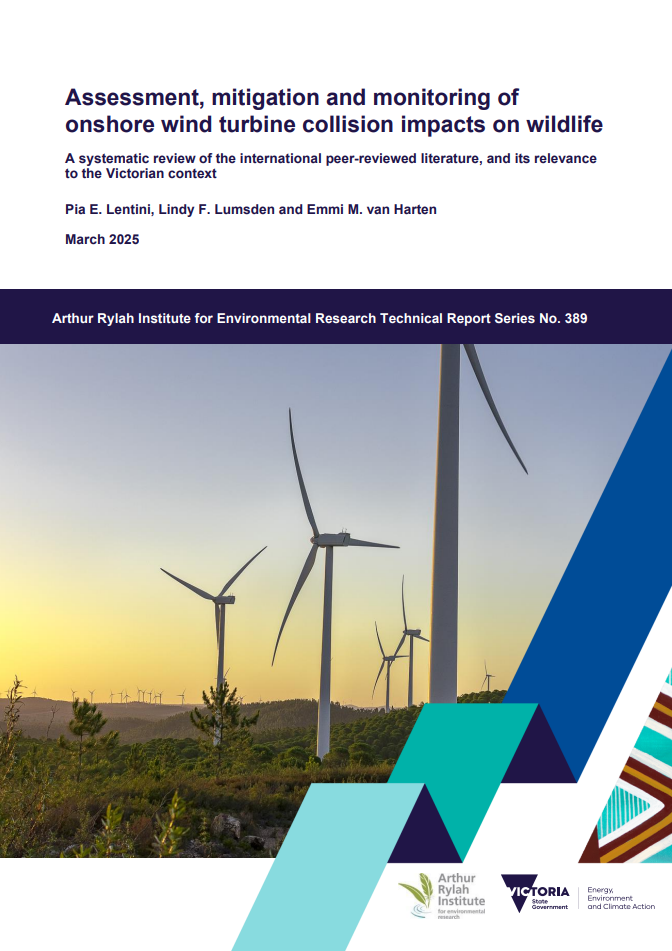
ARI developed a science-based method to assess the risk of collisions of Victorian birds and bats with wind turbines. The approach used a likelihood-consequence risk matrix. Experts assessed a range of risk factors for each threatened bird and bat species, which enabled the species most at risk to be identified.
This research allows policymakers to determine a list of ‘species of concern’. This was first undertaken in 2019 and has recently been updated using the same approach in 2024.
For more information about the Species of Concern List for Onshore WInd Energy Facilities, visit environment.vic.gov.au/home/managing-impacts-of-renewable-energy-on-environment
Publications:
- ARI Technical Report 301 - Developing a science-based approach to defining key species of concern for wind farm developments (PDF 0.6 MB) (DOCX 0.7 MB)
- Supporting information: Updated species of concerns list for Victoria (PDF, 388.2 KB) (DOCX, 886.2 KB)
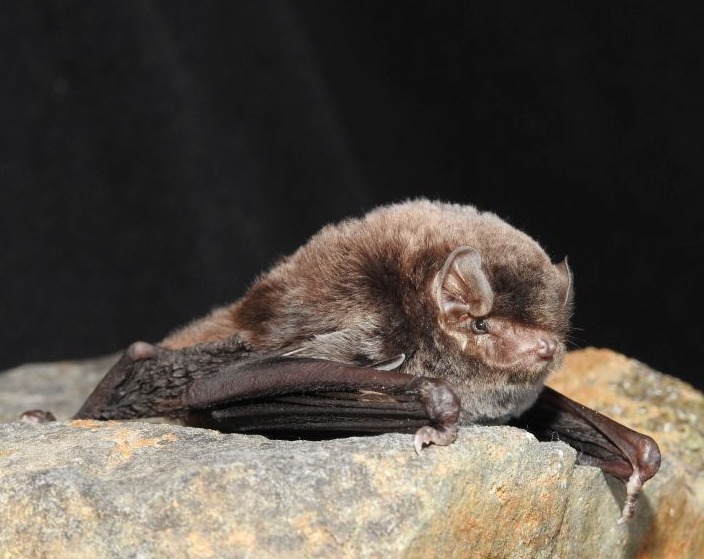
Southern Bent-wing Bat - photo by Lindy Lumsden
In 2019, ARI analysed post-construction monitoring data from Victorian wind farms to estimate annual mortality rates of birds and bats.
A current project will update these findings and investigate mortality risk factors. This report will be available mid-2025.
Publications:
- ARI Technical Report 302 - Investigation of existing post-construction monitoring at Victorian wind farms (819.9 KB) PDF (DOCX 2.5 MB)
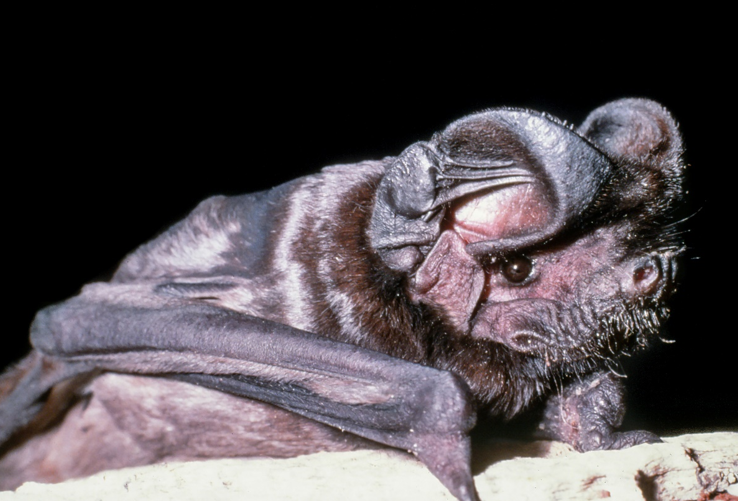
The White-striped Freetail Bat is the species with the highest mortality rate at Victorian wind energy facilities - photo by Lindy Lumsden
Extensive surveys for bats and birds are undertaken pre-construction at Victorian wind energy facilities. However, little is known about how well they predict post-construction mortalities. ARI compared the pre-construction surveys and risk assessments with the mortality rates at 10 wind energy facilities after they had commenced operating.
Key findings:
- Survey effort in pre-construction assessments varied markedly, without standardised ways of reporting the results.
- Pre-construction risk assessments lacked consistency and clarity; most did not use a formal risk evaluation matrix accounting for the likelihood of collisions and the consequence of impact.
- Described risk assessment outcomes in reports used vague and inconsistent terminology and were often unclear how the level of risk had been determined.
- No clear relationship was found between pre-construction surveys and risk assessments, and post-construction mortalities.
- Comprehensive, detailed guidance is required to improve the consistency and rigour of pre-construction assessments.
Publications:
ARI used structured expert elicitation to explore the potential effectiveness of mitigation options to reduce the risk of collision of birds and bats with onshore turbines.
Experts applied their understanding of the effectiveness of mitigations from mostly international studies to their knowledge of Victorian species.
The study found that:
- There is no ‘one size fits all’ approach to mitigation; different mitigations are required for different species or groups of bats and birds.
- There was strong consistency between the experts that some mitigations, such as low wind speed curtailment for insectivorous bats, would be highly effective in reducing collisions. There was greater uncertainty for some other potential mitigations.
- None of the mitigations considered were 100% effective, suggesting multiple mitigations may be needed.
- Some mitigations may have unintended consequences for some species.
These findings should be considered as a broad guide to the potential for these mitigations to be effective, rather than definitive results, and should be considered together with expert consultation and any available published evidence.
A full Technical Report has been prepared outlining all the results of this study, as well as a short report summarising the key findings.
Publications:
There is limited information in Victoria on bat activity at different distances from suitable habitat to inform buffer distances for wind energy facility siting.
ARI is currently using Audiomoth bat detectors at 60 sites to quantify bat activity levels at different distances from suitable foraging habitat. This research is being undertaken in southwest Victoria with a particular focus on the Critically Endangered Southern Bent-wing Bat. It will also record the other species of bats in the region.
This research will use ARI’s AI call identification program to analyse the call recordings. The findings of this research will help inform decisions on optimal buffer sizes around turbines.
This project is expected to be completed by June 2026.
Brolga face potential risks from wind energy developments, including disturbance and collisions. Breeding wetlands are protected during project planning; however, it is often difficult to predict where breeding may occur.
To address this, ARI developed a state-wide Brolga breeding habitat suitability model using known Brolga breeding records and remotely sensed environmental data. Wetlands predicted to contain suitable habitat can then be assessed through ground surveys.
This research helps guide evidence-based decision making for strategic conservation and renewable energy siting in Victoria.
Publications:
Brolga with chick - photo by Bob McPherson
ARI attached GPS trackers to Southern Bent-wing Bats to determine preferred foraging habitat and locations. The GPS trackers also provide information on flight heights; however, calibrations and further analysis are needed to determine height above the ground. This research is part of a PhD project and a concurrent ARI project.
This research is expected to be available later in 2025.
![]()
Southern Bent-wing Bat - photo by Dennis Matthews
Research impact
This research has informed the Victorian Government’s Handbook for the development of renewable energy in Victoria. The Handbookprovides guidance to project proponents, environmental and planning assessors, and decision-makers about how to manage impacts on Victorian threatened bird and bat species from renewable energy development.
To find out more about the Handbook, visit Managing impacts of renewable energy on the environment.
For more information about ARI’s research projects, contact research.ari@deeca.vic.gov.au.
Page last updated: 28/08/25
